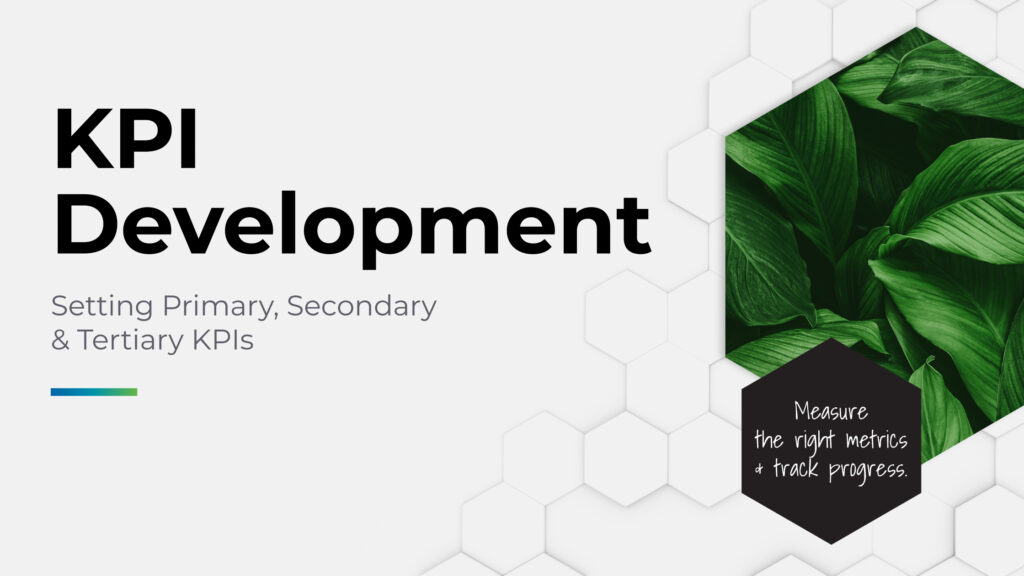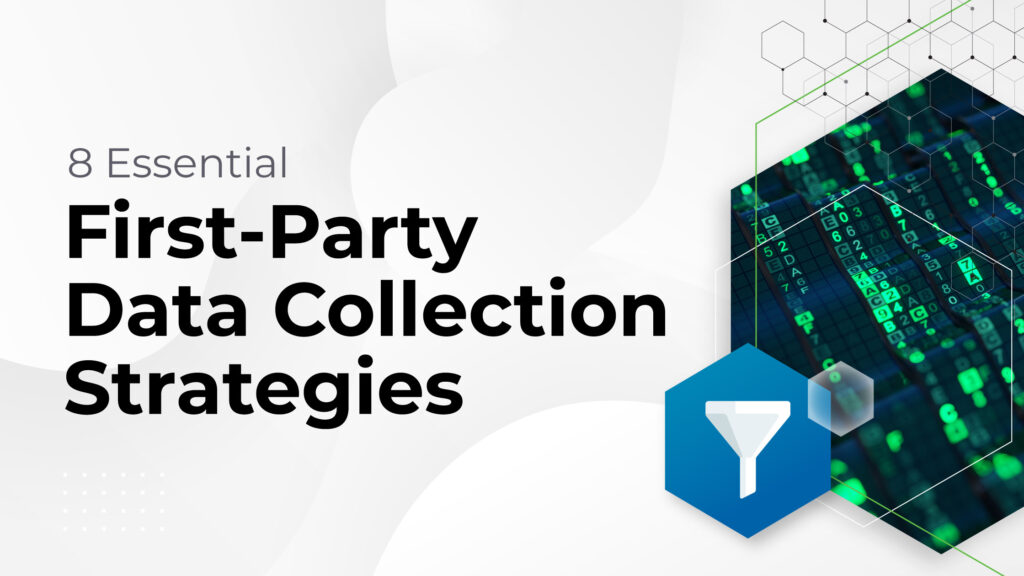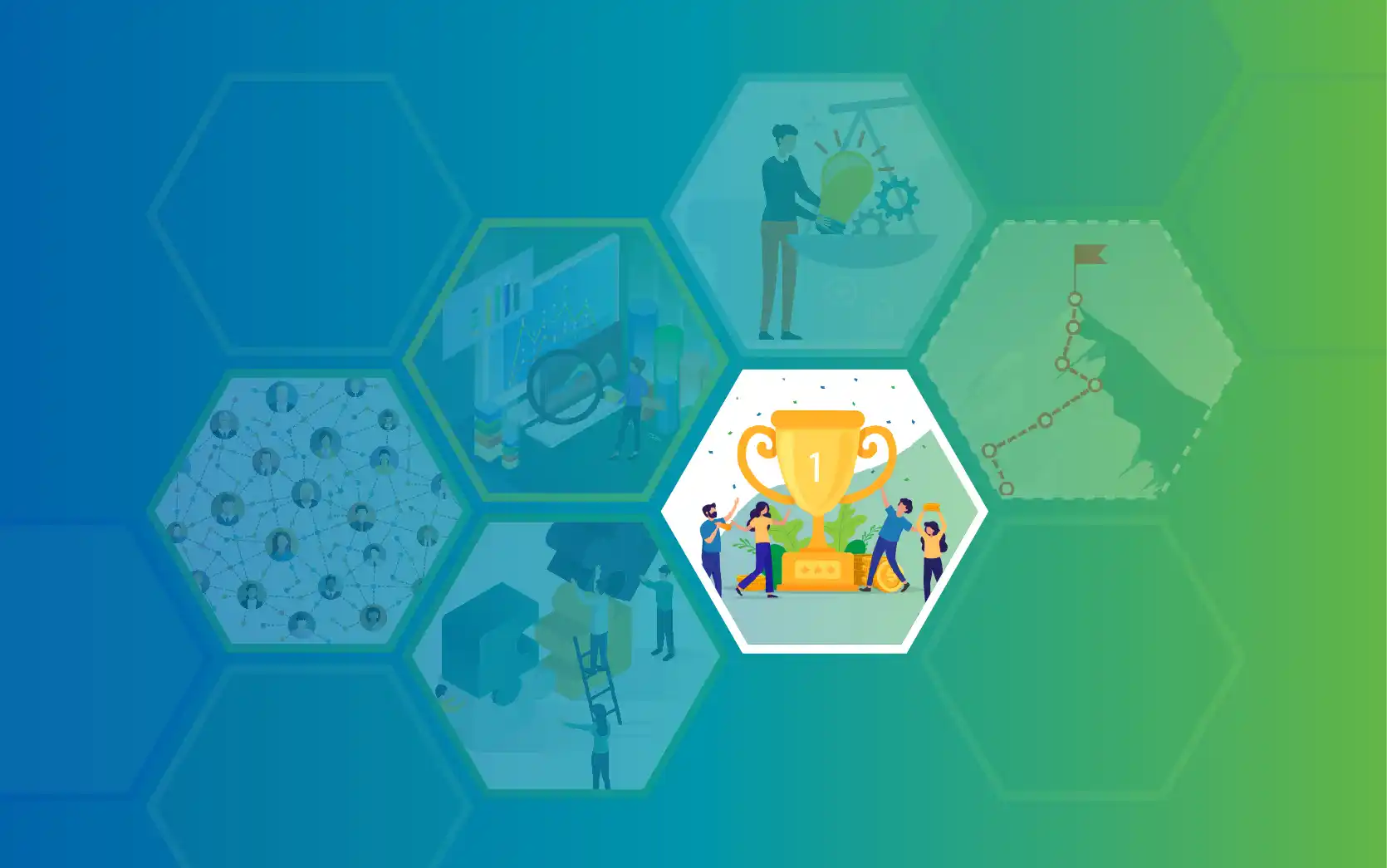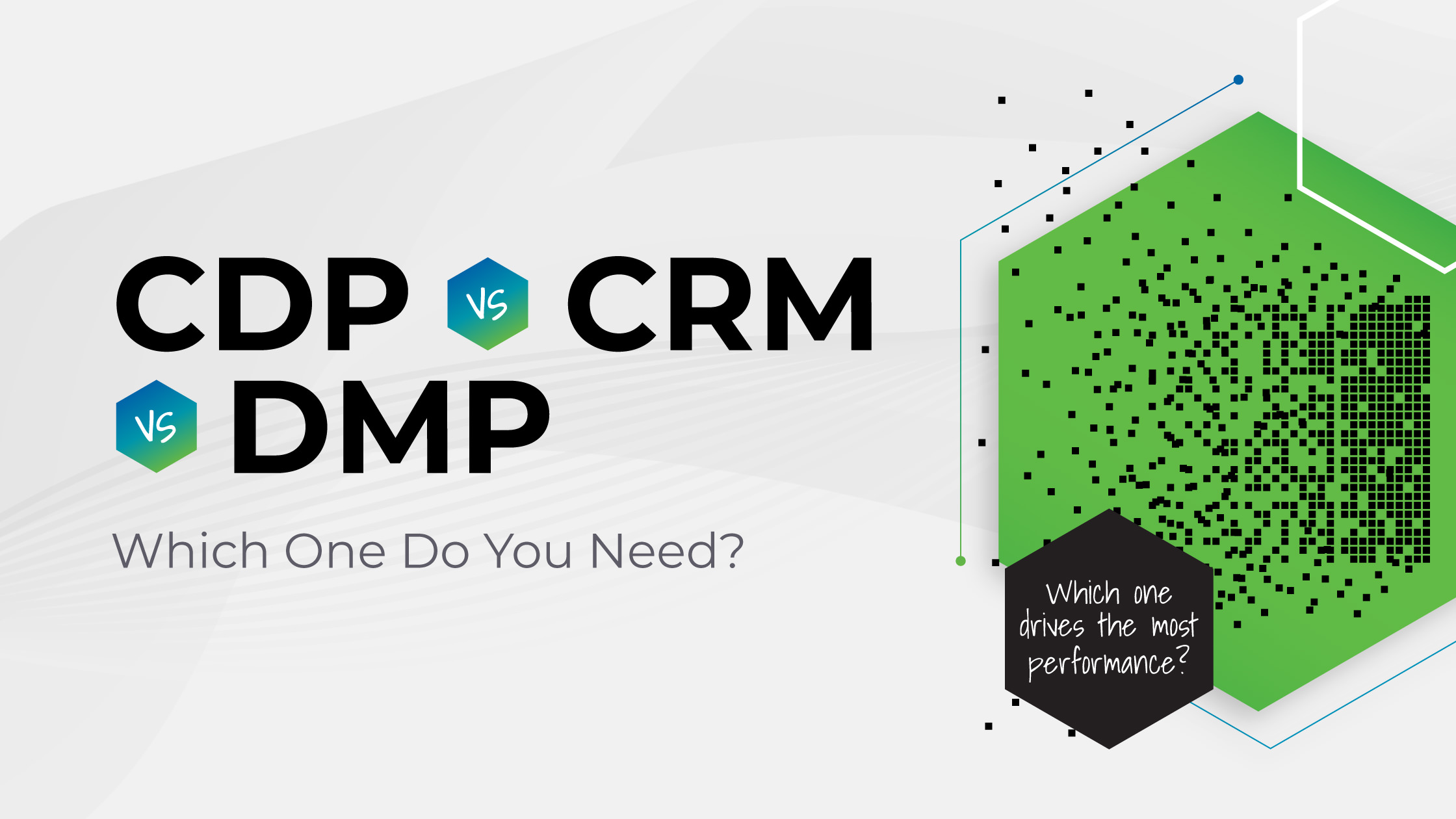
When someone asks, “What is a CDP?” several misunderstandings tend to come tumbling out.
We recently attempted to clarify the topic while highlighting the 4 biggest myths about Customer Data Platforms (CDPs) we hear in marketing performance conversations.
That myth-buster emphasized that a CDP is not a CRM. But it’s also not a DMP so…
Let’s straighten out all these acronyms and give you everything you need to make the best data management decision for your organization. Below, we’re covering:
- Advantages of a CDP + why this tool is our strongest performance recommendation
- What is a CRM?
- What is a DMP?
- How can brands know which of these tools they need? CDP vs CRM vs DMP?
What is a customer data platform (CDP)?
A customer data platform is a software solution that aggregates and unifies every data stream with relevance for your customer journey.
The CDP then layers all those data points together and generates hyper-personalized audience segmentations to support the most optimized marketing efforts.
It is the ultimate source of truth for performance decisions AND the ultimate marketing personalization tool.
Advantages of using a CDP
- CDPs have no constraints on which data streams they can accept. Popular data collection platforms like 6Sense and SalesForce that offer an embedded CDP and partial CDP functionality respectively, are not designed to connect to ALL data signals – online and offline. For optimal marketing performance, you need them all.
- CDPs gather, unify, and segment data in real time while also storing historical customer data, which supports an all-encompassing view of each customer’s interactions and preferences. This historical data is crucial for nurturing long-term customer relationships.
- CDPs offer the highest level of versatility in terms of data activation. They’re designed to optimize customer-centric activities like personalizing content for specific channels, which can include sending personalized emails, curating website content, and delivering product recommendations that have higher relevance for individual customers.
- Meeting (preferably, exceeding) predetermined KPIs is a baseline requirement for all brand leaders, but most brands struggle to accurately forecast KPI development because their data is fragmented and insight gaps abound. However, with a CDP, data layers are unified in real-time in order to provide personalized data segmentations with a much higher likelihood of driving your top KPIs.
KPI Development: Setting Primary, Secondary & Tertiary KPIs
Learn how to set effective primary, secondary, and tertiary KPIs with our KPI development guide. Measure the right metrics and track progress.
- Building and maintaining a highly efficient CDP streamlines your martech stack and delivers enhanced performance because it allows each component of your stack to do what it does best without pushing those tools to grasp at tasks they weren’t designed for.
- In addition to the huge expense of an overstuffed tech stack, too many disjointed tools also undercuts team efficiency and the effectiveness of leadership’s performance decisions. Most brands are cobbling together a variety of tools to accomplish a mediocre version of what CDPs do in the blink of an eye.
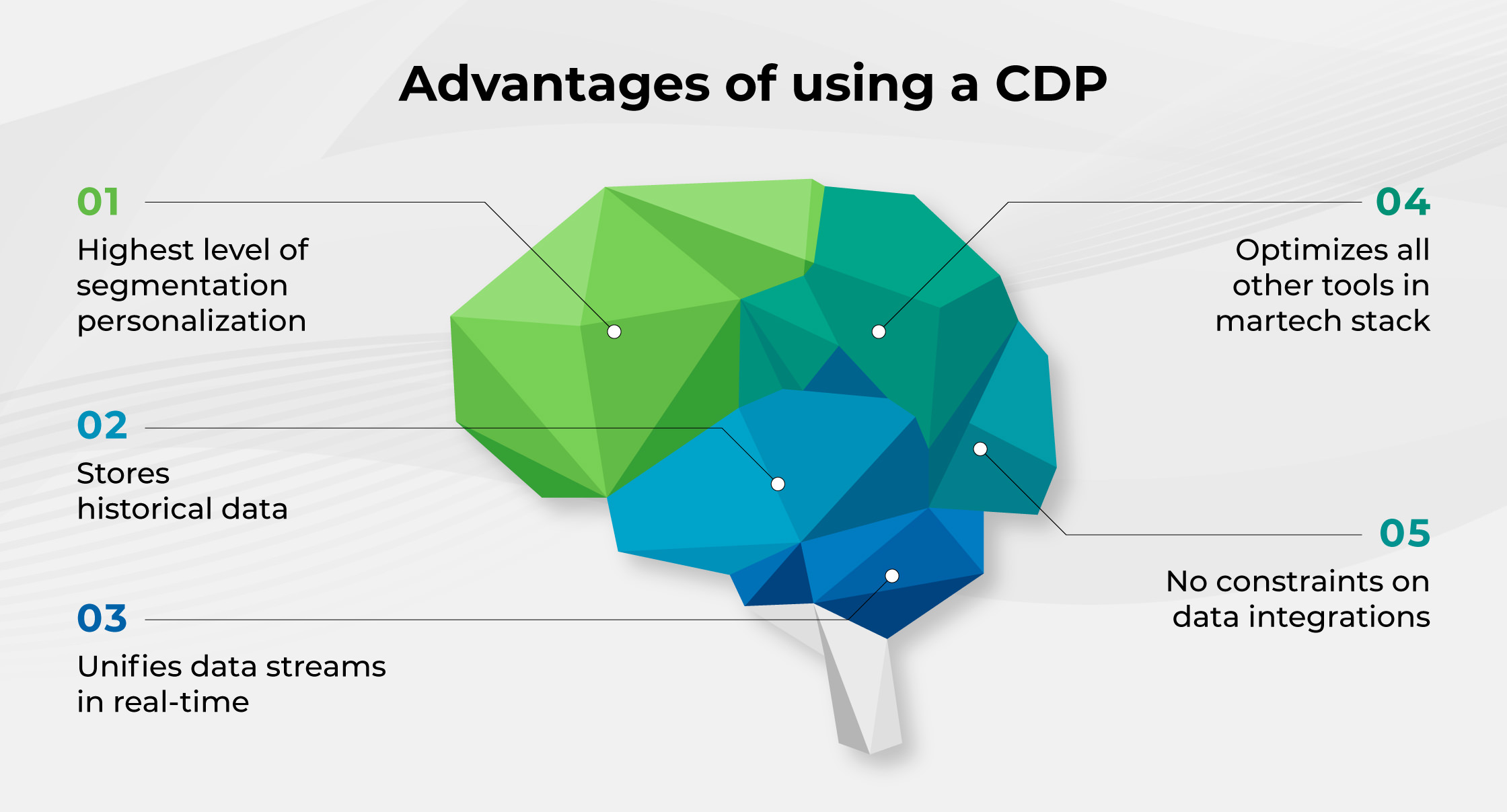
Disadvantages of using a CDP
Having the clearest possible view of your customer journey can only ever be an advantage. We don’t believe there are any performance disadvantages to using a CDP.
However, we’re a pragmatic bunch so we acknowledge that CDPs do bring challenges that need to be carefully navigated, such as:
- Heavy implementation lift
- Ongoing cost/effort to maintain
Brands focused only on the shortest of short-term gains see the challenges above and immediately tune out. We get it. And we believe that’s a mistake you’ll come to regret.
Growth marketing in today’s highly competitive market requires brand leaders to be strategically ambidextrous. You have to hone short-term gains with your right hand while optimizing for the long haul with your left. Both goals are achieved faster and with greater returns, using a CDP.
What is a customer relationship management (CRM) platform?
A Customer Relationship Management (CRM) platform manages and optimizes interactions with customers and prospects by centralizing customer touchpoint data, automating tasks, and providing insights for better decision-making.
Historically, CRMs were mostly seen as a tool for the sales team, but have increasingly become essential for marketers to support campaign management, lead nurturing and segmentation, and marketing analytics and reporting.
Advantages of using a CRM
- CRMs allow businesses to maintain centralized customer profiles, making this data easily accessible to all relevant team members while reducing data duplication.
- Most CRM systems offer robust reporting and analytics features, providing valuable insights into customer behavior, sales performance, and marketing effectiveness. This data can inform strategic decisions and marketing campaigns.
- CRM tools make it easier for businesses to maintain higher levels of efficiency by automating repetitive tasks and processes, like scheduling and email marketing.
Disadvantages of using a CRM
Note: Acknowledging the following CRM disadvantages doesn’t at all mean that we envision a world where brands no longer rely on CRMs. They provide an essential function. Our aim is to highlight their inability to provide the total customer data visibility that’s essential for optimizing marketing performance to drive the bottom line.
- All CRMs require technical and strategic planning when integrating with other software platforms, which can be expensive (budget and time) when those integrations require custom APIs and/or custom code. Many brands skip the heavy lift of these additional integration steps in the name of “Not worth it. We don’t need ALL customer data in our CRM.” But that omission creates a huge problem down the road. Full touchpoint visibility is critical for reaching the highest levels of marketing success.
- CRMs are designed to manage interactions with existing client relationships, but offer limited/no support for analyzing and engaging potential clients who haven’t been identified as leads yet.
- While CRMs can generate audience segmentations, they were designed to mostly house inbound data vs generating external data segments. The list segmentation functionality offered by CRMs has several constraints that brands need to be aware of.

What is a data management platform (DMP)?
A Data Management Platforms (DMP) allows brands to collect, store, and manage audience and campaign data. It gathers lists of anonymous customer identifiers and then identifies look-alike anonymous individuals from third-party lists, and sends those lists to advertising systems.
Sounds like a marketer’s dreamscape, right? Except, hold on…
Advantages of using DMPs
(Truth be told, we’re stretching to list advantages of DMPs because the disadvantages are significant, but sure, let’s put all the cards on the table so you have the full picture.)
- Given its capacity to gather high volumes of audience data and produce targeted audience segments, using a DMP might be a strategically beneficial first step for brands who are shifting towards data-driven marketing.
- DMPs process real-time data, which means brands can trust they’re getting a live view of the data streams being pulled in.
- Brands focused exclusively on digital advertising (we strongly caution against this practice but this is still the advantages section so we’ll hush for now) might find a DMP useful for providing targeted audience segments to support ad performance.
Disadvantages of using DMPs
DMPs can manage large volumes of data but have major limits on if/how that data can be used for marketing purposes. In our humble opinion, growth marketers should steer clear.
- DMPs mostly gather anonymous or pseudonymous data. For B2B brands practicing Account-Based Marketing, this almost immediately renders DMPs useless in their pursuit of partnering with a select group of priority customers.
- DMPs focus on digital advertising activity, which means the audience insights they provide will omit relevant offline data signals.
- Although DMPs do work with real-time data, most don’t store historical customer data for extended periods. Historical data is essential for identifying customer shifts and maintaining a full picture of the customer journey.
- DMPs don’t store first-party data (that alone should make you run). Instead, they rely on third-party data stored in the form of cookie IDs. Reminder: As we type these words, third-party cookies are being systematically deactivated across all major browsers, so a data management platform that depends on cookies should probably be avoided, right?
8 Essential First-Party Data Collection Strategies
Become a data-driven marketing leader with these eight techniques for harnessing first-party data, ensuring accuracy and optimizing customer experiences.
How to know which data platform is right for you?
The differences between a CDP and DMP are night and day. As customer data management solutions go, nothing compares to a CDP.
Invest in a CDP over a DMP every day of the week.
However, keep in mind that a CDP does not eliminate the need for other data management tools in your martech stack – it majorly enhances the performance of those other tools (like your CRM).

TL;DR on CDP vs CRM vs DMP
- A CDP (Customer Data Platform) gathers customer data from every available data source and then aggregates and unifies those signals to produce the highest degree of marketing personalization possible.
- A CRM (Customer Relationship Management) platform is a centralized record of individual customer profiles that tracks a limited number of customer touchpoints. No CRM can access all relevant customer data signals.
- A DMP (Data Management Platform) stores anonymized customer data based on real-time metrics and then produces lookalike audiences to support ad targeting. DMPs focus exclusively on digital activity, do not maintain historical data records, and can’t generate data segments based on individualized data.
